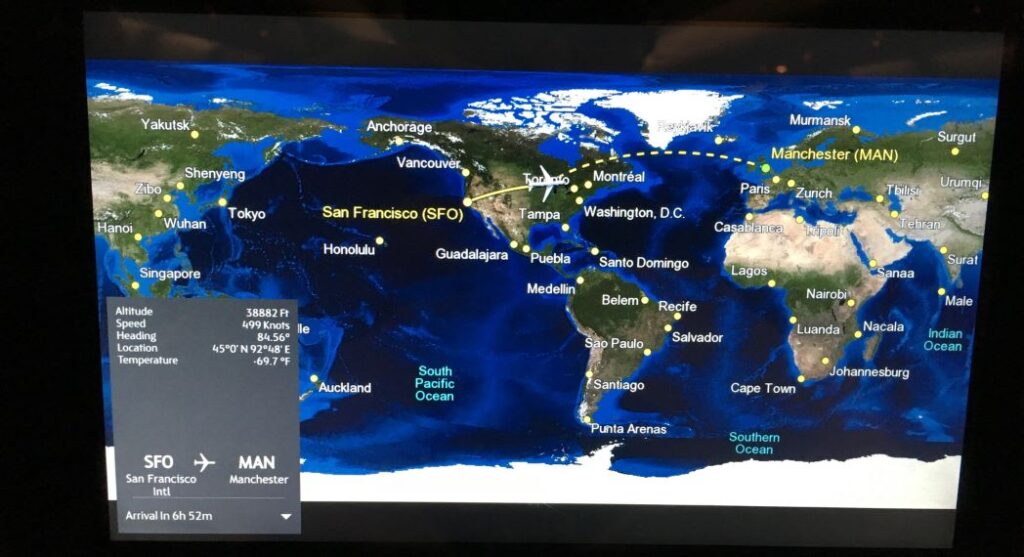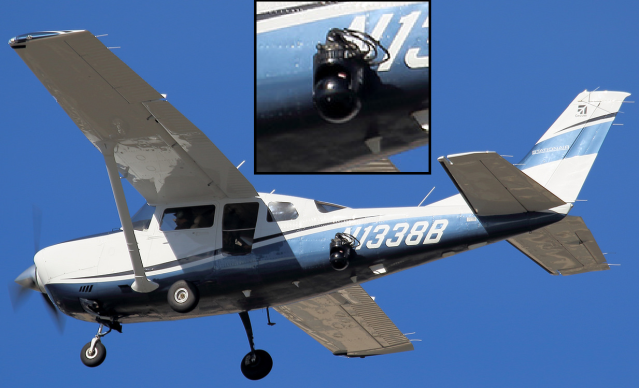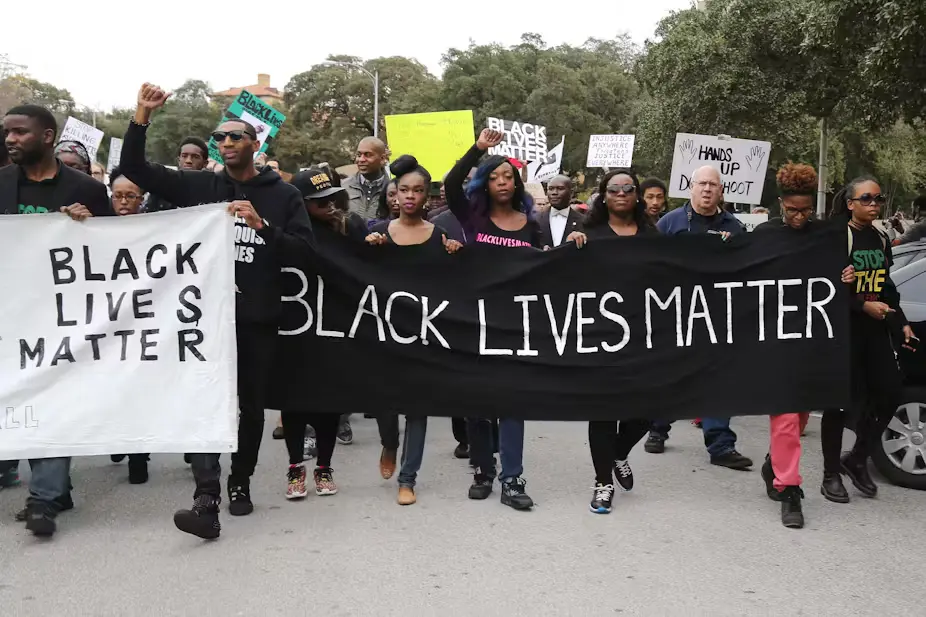In recent years, government surveillance has moved into the skies, raising serious concerns about privacy and civil liberties. Federal law enforcement agencies, including the FBI, CBP DEA, and local police departments, have taken to the skies, utilizing airplanes outfitted with sophisticated surveillance technology to surveil ground-level activity.
It has become more and more sophisticated, leading journalists, researchers, and citizen activists to track and investigate these “spy planes.” Reddit’s r/conspiracy would soon become front page news, with the Associated Press reporting it out to mainstream media whereupon some lawmakers like Senator Al Franken were calling for an investigation to be launched; but nothing materialized.
Types of Surveillance Aircraft
These surveillance aircraft, often disguised as belonging to front companies for maximum secrecy, come in various forms:
- Cessnas and Beechcraft aircraft are both light single-engine aircraft.
- Pilatus Aircraft are military-style Pilatus planes.
- Helicopters occupy both small and large drones on the market today.
These teams are equipped with sophisticated devices, such as Wescam systems from L3 Communications, FLIR SAFIRE cameras, IMSI catchers (for intercepting cell phone data), and other Law Enforcement Technical Collection (LETC) devices.
Documented Uses
Aircraft have also become more common for monitoring protests and criminal investigations, whether through following protesters at rallies or tracking suspects during criminal inquiries. One example of this type of surveillance occurred when the Phoenix Police Department used a Pilatus to track down U-Haul thieves; however, most members of the public have little awareness of it, let alone its privacy implications.
Tracking Sky Spies
Dealing with “sky spies” is a massive challenge. The registrations of aircraft can vary, and commercial surveillance technologies make it difficult to distinguish between law enforcement flights and civilian ones. The technical and operational requirements associated with surveillance missions lead to distinctive flight patterns that differ greatly from typical air traffic patterns.
Welcome to the world of ADS-B (Automatic Dependent Surveillance-Broadcast). As a part of FAA’s NextGen program, an increasing number of aircraft must use ADS-B technology, sending out information, including unique ICAO numbers, positions, and sometimes call signs, to collectors that aggregate the information for public consumption via such services at FlightRadar24, FlightAware or the ADS-B Exchange platform etc.
How To Identify Surveillance Flights
When compared with commercial flights, surveillance flights have a unique pattern: where commercial planes want to fly straight from one place to another, surveillance aircraft will make several turns, circle, take off from the same airport where they landed, take off, and land again at a nearby airport and take off again from the original airport they left from. They are typically flying at 6,000-12,000 feet to balance the effectiveness of the surveillance equipment against fuel efficiency laws and aviation regulations.
And researchers have ways to identify those likely surveillance flights by tracking flight patterns. The degree to which an aircraft can cover in one go suggests that it may have taken a suspicious turn (especially if it exceeds 90 degrees) and researchers can determine this. At some point, this will be automated to remove things that won’t qualify as surveillance flights, such as aerial surveys or flight school training flights.
As surveillance technologies evolve rapidly, policies and oversight go slowly. This proliferation creates a vital dialogue about where the balance lies between public safety and individual privacy. Indeed, it demonstrates how citizen journalism and open-source intelligence can expose government activities.
In response to these surveillance flights, researchers, activists, and tech enthusiasts have joined forces to monitor them. They aim to promote transparency and initiate public debate on the practices of aerial surveillance by law enforcement agencies by establishing ADS-B receivers, contributing to data systems or building their own analytical tools.



